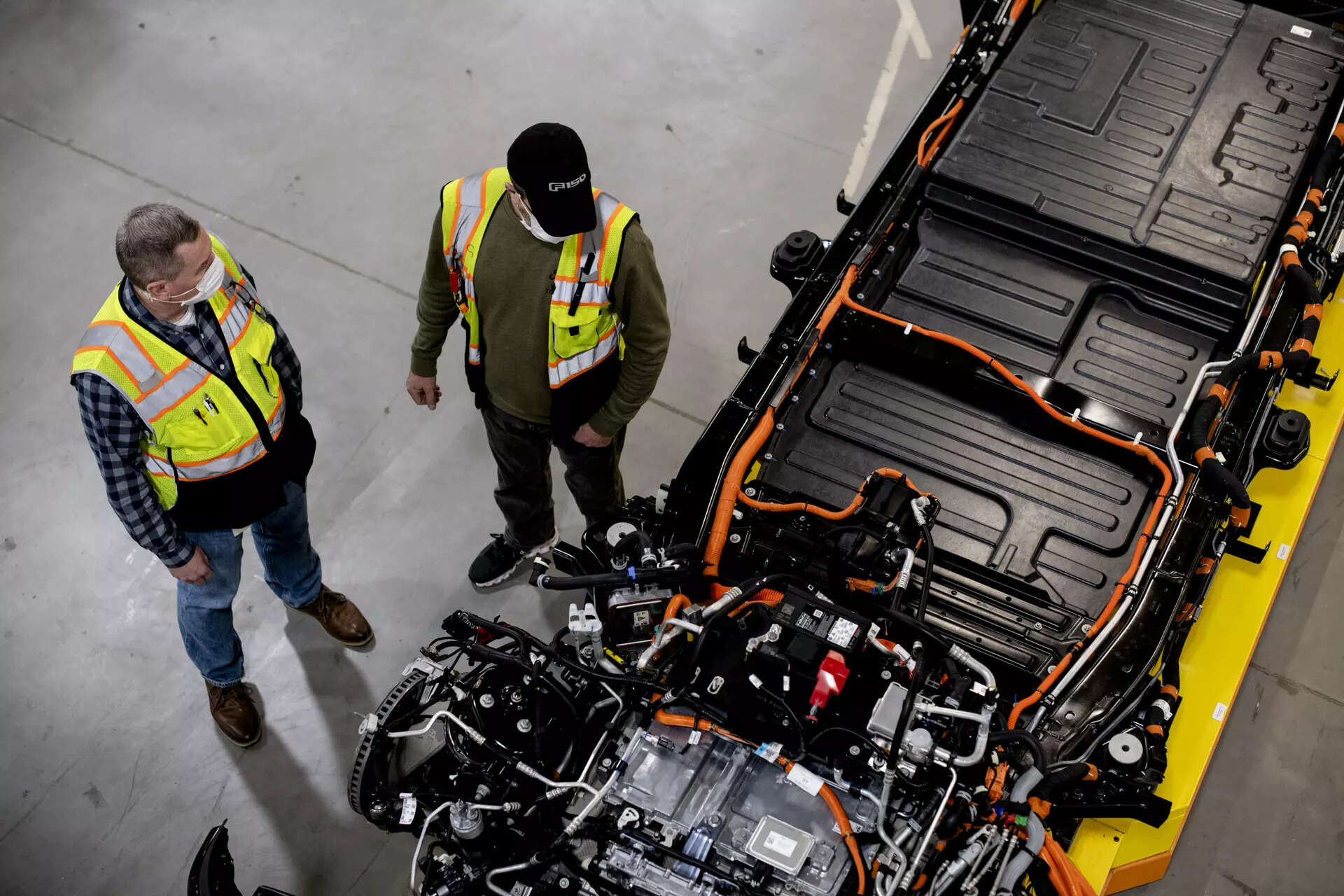
India needs to explore battery technologies other than lithium-ion, which is currently leading the industry due to its high storage capacity and quick charging, suggested experts participating in India Energy Storage Week.
This assumes significance as the electric vehicle (EV) market is gaining significant traction in the country, paving the way for a more sustainable future.
Batteries are one of the key components of EVs, with Li-ion technology currently leading the industry due to its high energy density and quick charging, a statement said.
However, it stated that concerns over the limited availability of raw materials for these batteries could create production challenges and potential shortages.
This highlights the urgent need for alternative battery technologies.
Researchers and experts are actively exploring innovative solutions, with Vanadium Redox Flow Batteries (VRFB), thermo-mechanical systems, and sodium-ion technologies emerging as promising developments that could transform the EV industry and drive the next generation of electric vehicles.
VRFB is a rechargeable energy storage solution that leverages vanadium ions for enhanced longevity.
The global market for VRFB was valued at USD 394.7 million in 2023 and is projected to grow at a compound annual growth rate (CAGR) of 19.7 per cent from 2024 to 2030.
Concerning this, industry experts and leaders highlighted that “India needs battery technology beyond Lithium-ion”, at India Energy Storage Week (IESW) 2025, organised by industry body India Energy Storage Alliance (IESA) from July 8-11.
Industry experts demanded that India needs to expand non-lithium energy storage technologies to address its rapidly growing and diverse energy demands.
They emphasised the necessity for alternative solutions to ensure grid stability, meet industrial loads, and promote clean mobility.
Avishek Kumar, Co-founder and CEO of VFlowTech, emphasised, “While lithium-ion batteries have reached the mass adoption stage, there is a growing need to diversify energy storage solutions.” India should look beyond lithium.
Highlighting the rise of sodium-ion batteries as a cost-effective, temperature-resilient alternative ideal for stationary applications, William Tope, CEO of LiNa Energy, said, “As we start to move towards very high penetrations of intermediate renewable generation, the importance of other battery industries and long duration energy storage to load shift at large scale from the off peak period to the peak period is incredibly important.”
Paul Smith of Energy Dome said the company’s CO2-based CEAS storage is a market-ready solution that scales up to 1 GWh, which is now entering India through a partnership with NTPC.
Gunjan Kapadia, Co-founder and CEO of Sthyr Energy, introduced its zinc-air battery technology, which offers long-duration storage of 10-24 hours to support deeper discharge cycles.
“As we increase more and more renewables in the system, we need to have more storage in the system to balance the renewables,” Saurav Mitra, Director at Sumitomo SHI FW, said, adding that “for this, we need innovative storage solutions like thermo-mechanical systems.”
He further demonstrated Liquid Air Energy Storage (LAES) as a thermo-mechanical, zero-critical-mineral solution with 80 per cent component sourcing already in India.
These advancements indicate that India’s future in energy storage will be diverse, community-focused, and environmentally sustainable, it stated.
